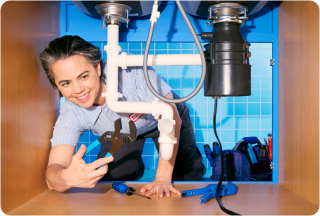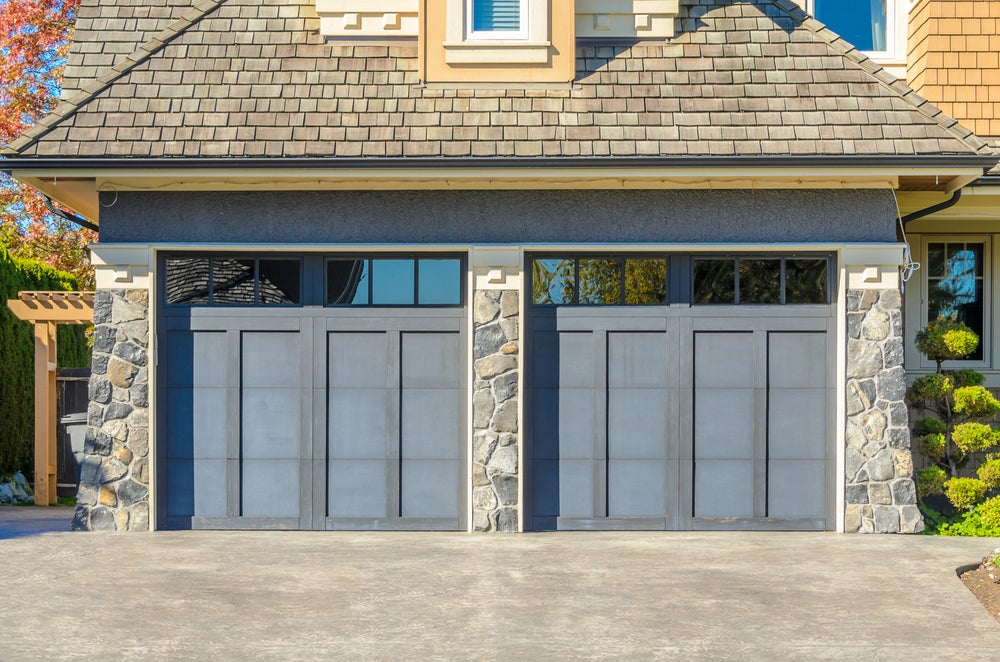What is a sprinkler valve?
Sprinkler Valves are important parts in any sprinkler system because they control the water flow by opening and closing.
Automatic irrigation systems have a lot of moving parts by design, all of which need to be in good working order for the system to effectively deliver the water that your lawn and garden need.
If your in-ground sprinkler system isn’t working properly, a malfunctioning valve could be the reason.
After you’ve checked to make sure the water supply is adequate and the controller is set properly, you may want to do some DIY sprinkler system repair reconnaissance:
Signs of a bad sprinkler valve
- Notice low water pressure in your yard or in your home
- Notice if the sprinkler head is not spraying with as much force
- Check lawn for standing water or for any sections that may seem wet and marshy
- If this is the case, check for any debris that is stuck in sprinkler valve - you may be able to simply clean out debris rather than repair or replace the valve
Repairing damaged sprinkler valves
Finding a Sprinkler Valve
Because many irrigation system valves are located underground, trouble with them can be difficult to identify. If you don’t have a diagram of your sprinkler system design, there are a few different ways to find a sprinkler valve, such as looking near the water source, backflow preventer, around the perimeter of the house, and in shrubbery. Once you’ve narrowed down the area, you can use a screwdriver to carefully probe the ground to find the equipment. You can also ask your local home store about buying or renting a solenoid activator or a valve detector.
There are also different valve types, such as mechanical, electric, hydraulic, or a combination. Before you start working on your valves, consult your installer to find out what kind of valves your system uses.




